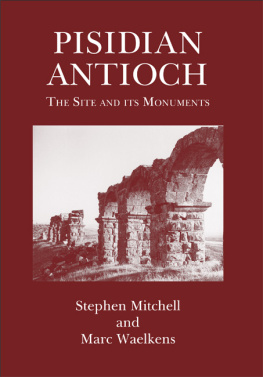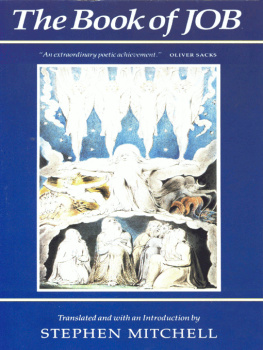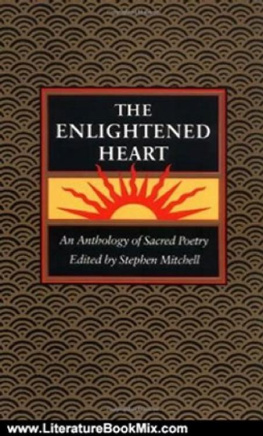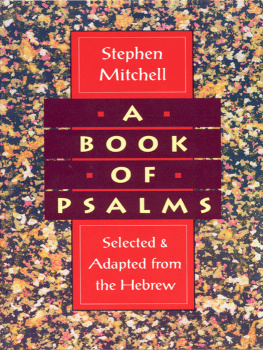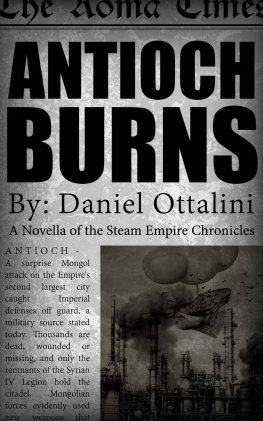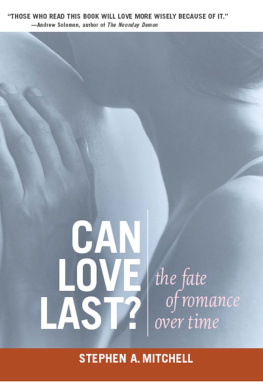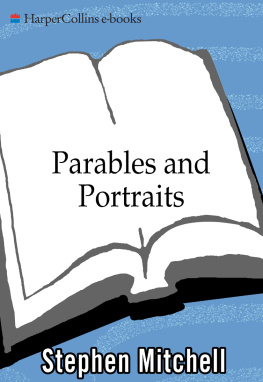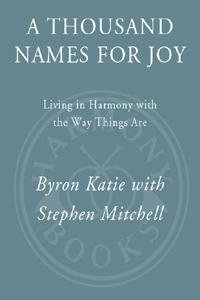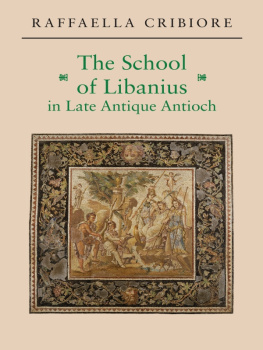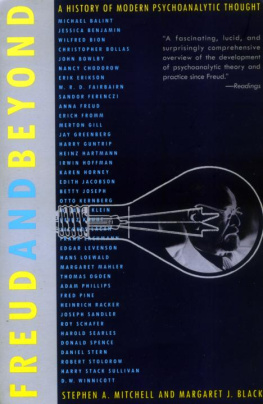Stephen Mitchell - Pisidian Antioch: The Site and Its Monuments
Here you can read online Stephen Mitchell - Pisidian Antioch: The Site and Its Monuments full text of the book (entire story) in english for free. Download pdf and epub, get meaning, cover and reviews about this ebook. year: 1998, publisher: Duckworth, genre: Religion. Description of the work, (preface) as well as reviews are available. Best literature library LitArk.com created for fans of good reading and offers a wide selection of genres:
Romance novel
Science fiction
Adventure
Detective
Science
History
Home and family
Prose
Art
Politics
Computer
Non-fiction
Religion
Business
Children
Humor
Choose a favorite category and find really read worthwhile books. Enjoy immersion in the world of imagination, feel the emotions of the characters or learn something new for yourself, make an fascinating discovery.
- Book:Pisidian Antioch: The Site and Its Monuments
- Author:
- Publisher:Duckworth
- Genre:
- Year:1998
- Rating:5 / 5
- Favourites:Add to favourites
- Your mark:
- 100
- 1
- 2
- 3
- 4
- 5
Pisidian Antioch: The Site and Its Monuments: summary, description and annotation
We offer to read an annotation, description, summary or preface (depends on what the author of the book "Pisidian Antioch: The Site and Its Monuments" wrote himself). If you haven't found the necessary information about the book — write in the comments, we will try to find it.
Pisidian Antioch: The Site and Its Monuments — read online for free the complete book (whole text) full work
Below is the text of the book, divided by pages. System saving the place of the last page read, allows you to conveniently read the book "Pisidian Antioch: The Site and Its Monuments" online for free, without having to search again every time where you left off. Put a bookmark, and you can go to the page where you finished reading at any time.
Font size:
Interval:
Bookmark:


First published in 1998 by
Gerald Duckworth & Co. Ltd.
61 Frith Street, London W1V 5TA
Tel: 0171 434 4242
Fax: 0171 434 4420
Distributor in the United States of America:
The David Brown Book Co.
PO Box 511, Oakville, CT 06779
Tel: (860) 9459329
Fax: (860) 9459468
Originated and prepared for press by
The Classical Press of Wales
15 Rosehill Terrace, Swansea SA1 6JN
Tel: 01792 458397
Fax: 01792 419056
1998
All rights reserved. No part of this publication may be reproduced, stored in a retrieval system, or transmitted, in any form or by any means, electronic, mechanical, photocopying, recording or otherwise, without the prior permission of the publisher.
ISBN 07156 28607
A catalogue record for this book is available from the British Library
Typeset by Ernest Buckley, Clunton, Shropshire
Printed and bound in the UK by Biddles Ltd., Guildford, Surrey
For Barbara Levick and Mehmet Tahalan,
two champions of Antioch
1. Geographical and historical introduction
(S. Mitchell)
2. The discovery of Antioch: travellers, epigraphers and archaeologists
(S. Mitchell)
3. The sanctuary of Mn Askanos
(S. Mitchell, M. Waelkens)
4. The plan and development of the Roman colony: walls, gates, streets and the theatre
(M. Waelkens)
5. The Augustan imperial sanctuary
(M. Waelkens, S. Mitchell)
6. The aqueduct, nymphaeum and bath house
(J. Burdy, M. Taslialan, M. Waelkens, S. Mitchell)
7. Three churches at Antioch
(J. ztrk, S. Mitchell)
Appendix 1. Epigraphic and numismatic evidence for buildings
(S. Mitchell)
Appendix 2. Archival material relating to Pisidian Antioch
(M. Byrne, S. Mitchell)
This study of Pisidian Antioch is based primarily on two seasons of archaeological work on the monuments of the site carried out in 1982 and 1983. The aim of the project, which was directed in the field by Stephen Mitchell, was to survey and record, without excavation, as much as possible of the visible remains of antiquity at the site, including inscriptions, stray architectural pieces, but above all traces of ancient buildings, and to produce an accurate, contoured site plan. We hoped thereby to be able to reconstruct the building history of the city in antiquity and to place its remains in their proper historical and cultural context. During the survey itself we concentrated particularly on architectural remains and buildings. Architecture, and especially public architecture, was a supremely important component of Graeco-Roman cities. Perhaps to a greater degree than any other urban settlements in history, the cities of the Roman Empire were defined and characterised by their public buildings. As the travel writer Pausanias put it in a famous passage written towards the end of the second century AD: How could you call a place a city, which had no state buildings, no gymnasium, no theatre, and no agora; which had no running water at a fountain and whose inhabitants lived on the edge of a torrent in hovels or mountain huts (Description of Greece X.3.4)? By this criterion the study of public architecture should be at the centre of any investigation of a classical city, and it was with this in mind that we approached Antioch.
The chapters that follow are, in the first instance, a report of what we found and an attempt to make sense of our discoveries. We make no claim to have studied all aspects of Antioch exhaustively. It has not been our intention to reappraise the documentary sources for the history of the city in detail, for that would duplicate much excellent work which has already been done, most notably by Barbara Levick. We have simply provided in We did not collect surface pottery from the site.
Even within the terms of a survey of Antiochs buildings there are some significant gaps. We made only cursory observations on the bath house, we did no detailed work on the small stadium at the sanctuary site, and we did not investigate the remains of cemeteries, except to note numerous reused grave monuments and funerary inscriptions in the buildings of Yalva itself. We are fortunate to be able to replace our own observations on the main Roman aqueduct with a detailed account of a survey carried out in 1995 by M. Jean Burdy of Lyon and Mehmet Tahalan.
After our work in the field was finished we were able to acquire a considerable amount of further information from other sources. In August 1984 Marc Waelkens made a study of the architectural and other material from Antioch which had been taken to the museums of Istanbul, Afyon and Konya, either after the excavations directed by W.M. Ramsay in 191214 or by D.M. Robinson in 1924. It is worth noting that some of this has now been returned to the local museum in Yalva, which is the most important repository of finds from the site. Mitchell and Waelkens were able to take the first steps towards preparing this report in the early months of 1984 at the Institute for Advanced Study in Princeton, and during that period Mitchell also visited the Kelsey Museum of Archaeology, at Ann Arbor, Michigan, where records of the 1924 Michigan excavation of Antioch have been preserved. Information on this and other archives has been updated as a result of a recent visit to Ann Arbor by Dr Maurice Byrne (see ). We have been able to incorporate relevant information from the Michigan records into our discussion of the site and we have also been able to use some of the splendid photographs taken by George Swain for the 1924 expedition. Also in 1984, by the invitation of Professor Machteld Mellink, we lectured jointly on our work at Bryn Mawr College, and through a chance meeting with Professor Darby Scott, who was about to take up the position of director of the American Academy in Rome, we learned that many of the drawings made by the expeditions architect, Frederick Woodbridge, were still in the possession of his widow, who lived in Rome and maintained contact with the America Academy where her husband had worked. Waelkens visited Rome in the autumn of 1984 and was given access to these drawings, which provide much information that would otherwise have been lost, by Mrs Woodbridge. Her generosity in handing over this material means that Frederick Woodbridges architectural work for that 1924 season can now be appreciated for its outstanding quality and importance. Dr Michael Ballance carried out a plane table survey of Antioch in 1962 and has put the plan he made at our disposal. We are also grateful to him for permission to use several excellent black and white photographs taken at that time.
Since 1984 and the appearance of brief preliminary reports,
The limitations of non-intrusive survey work on a site such as Antioch are bound to be exposed by subsequent excavation. The uncovering of the city gate, the decumanus maximus, part of the bath house and of the large basilica church in particular has provided much data which could not be obtained by survey alone. Information from the excavations has also been valuable in clarifying some of the problems concerning the imperial sanctuary, although it has not led us to conclusions radically different from those we had already formed. In general, the recent reports have enabled us to amplify and correct plans and reconstructions of buildings, but have not suggested major changes in chronology or other matters of interpretation.
Font size:
Interval:
Bookmark:
Similar books «Pisidian Antioch: The Site and Its Monuments»
Look at similar books to Pisidian Antioch: The Site and Its Monuments. We have selected literature similar in name and meaning in the hope of providing readers with more options to find new, interesting, not yet read works.
Discussion, reviews of the book Pisidian Antioch: The Site and Its Monuments and just readers' own opinions. Leave your comments, write what you think about the work, its meaning or the main characters. Specify what exactly you liked and what you didn't like, and why you think so.

